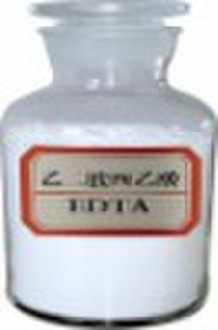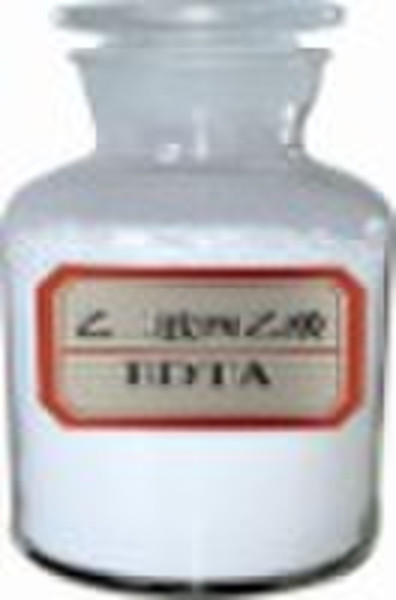样有含乙二胺四乙酸的
安庆市, 中国

alexander fang
联系人姓名
基本信息
| 使用 | Plastic Auxiliary Agents |
|---|
In industry, EDTA is mainly used to sequester metal ions in aqueous solution. In the , it prevents metal ion impurities from modifying colours of dyed products. In the industry, EDTA inhibits the ability of metal ions, especially Mn2+, from catalyzing the of , which is used in "chlorine-free bleaching." In similar manner, EDTA is added to some food as a or stabilizer to prevent catalytic oxidative decolouration, which is catalyzed by metal ions. In personal care products, it is added to to improve their stability toward air. In containing and , EDTA mitigates formation of (a ). The reduction of water hardness in laundry applications and the dissolution of scale in boilers both rely on EDTA and related to bind Ca2+ and Mg2+ ions as well as other metal ions. Once bound to EDTA, these metal centers tend not to form precipitates or to interfere with the action of the detergents. For similar reasons, cleaning solutions often contain EDTA. The solubilization of ferric ions near neutral pH is accomplished using EDTA. This property is useful in including , especially in calcareous soils. Otherwise, at near-neutral pH, iron(III) forms insoluble salts, which are less bioavailable. Aqueous [Fe(edta)]- is used for removing ("scrubbing") from gas streams. This conversion is achieved by oxidizing the hydrogen sulfur to elemental sulfur, which is non-volatile: 2 [Fe(edta)]- + H2S → 2 [Fe(edta)]2- + + 2 H+ In this application, the ferric center is reduced to its ferrous derivative, which can then be reoxidized by air. In similar manner, are removed from gas streams using [Fe(edta)]2-. The oxidizing properties of [Fe(edta)]- are also exploited in photography, where it is used to solubilize silver particles. EDTA was an most important chelating agents used in the separation of the by ion-exchange chromatography. Perfected by F.H. Spedding et al. in 1954, the method relies on the steady increase in stability constant of the lanthanide EDTA complexes with atomic number. Using sulfonated polystyrene beads and copper(II) as a retaining ion, EDTA causes the lanthanides to migrate down the column of resin while separating into bands of pure lanthanide. The lanthanides elute in order of decreasing atomic number. Due to the expense of this method, relative to counter-current solvent extraction, ion-exchange is now used only to obtain the highest purities of lanthanide (typically greater than 4N, 99.99%).
-
支付方式
我们接受:









